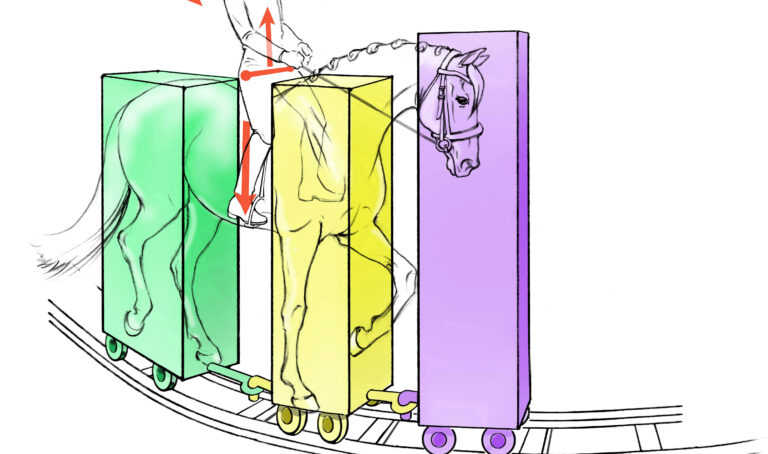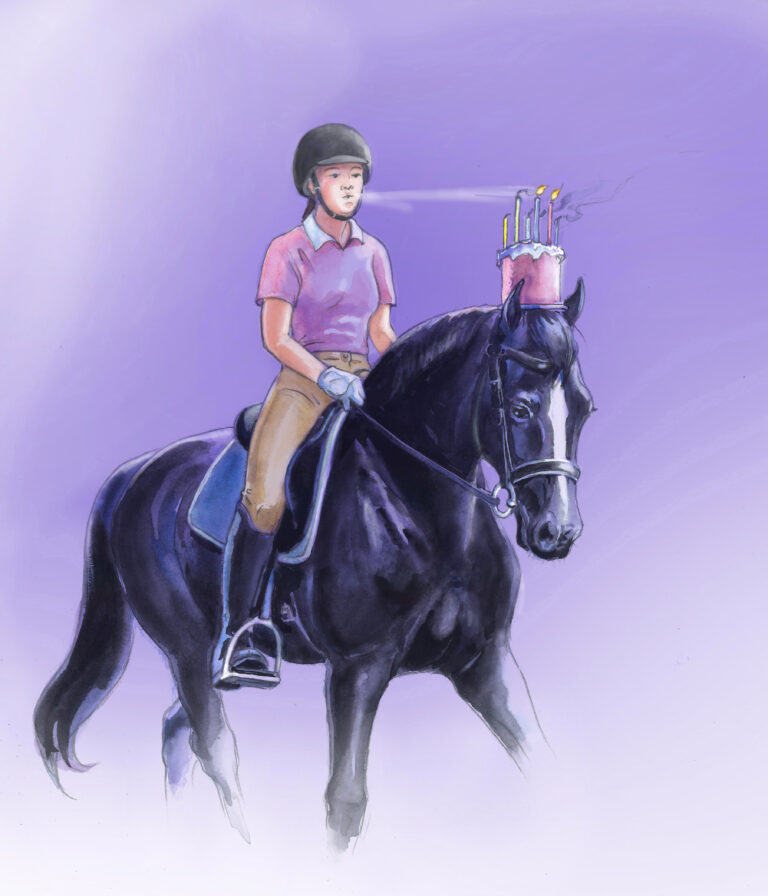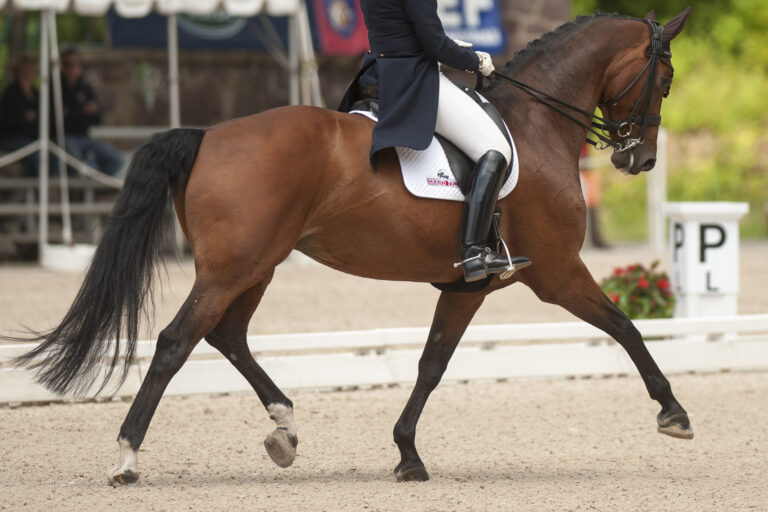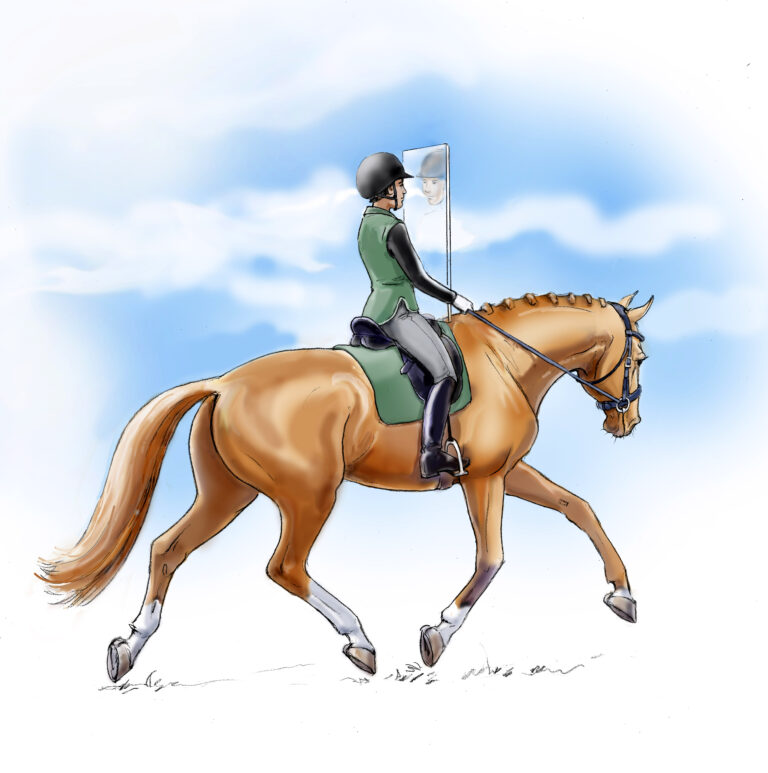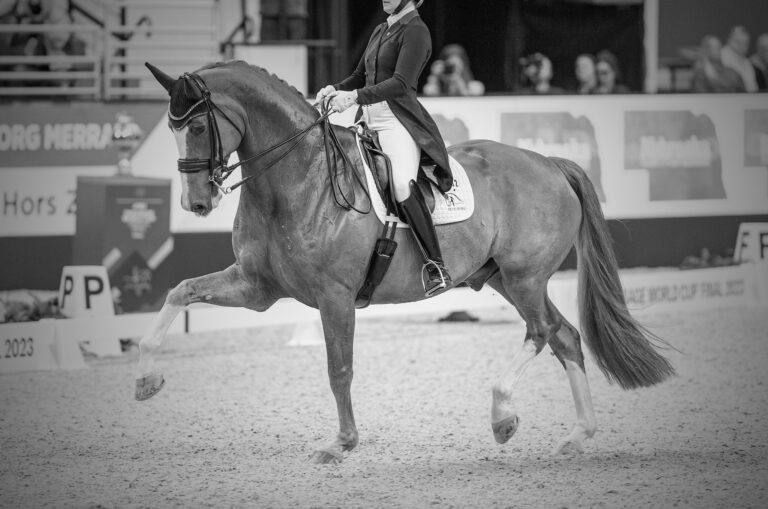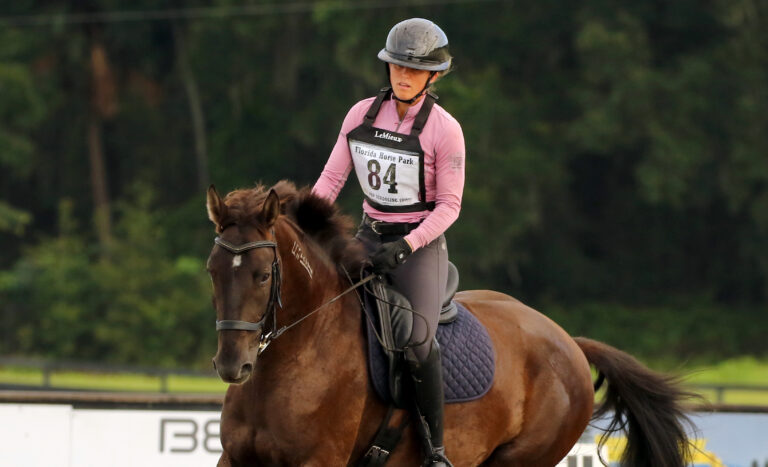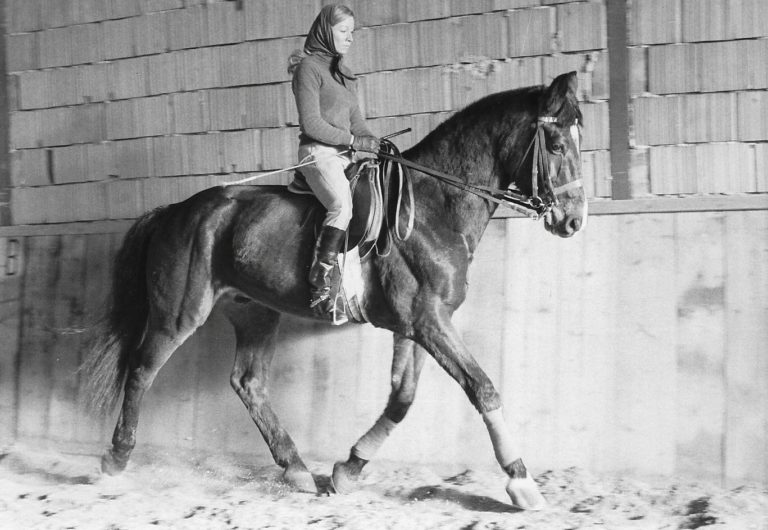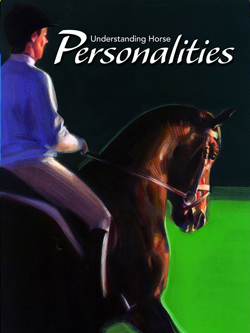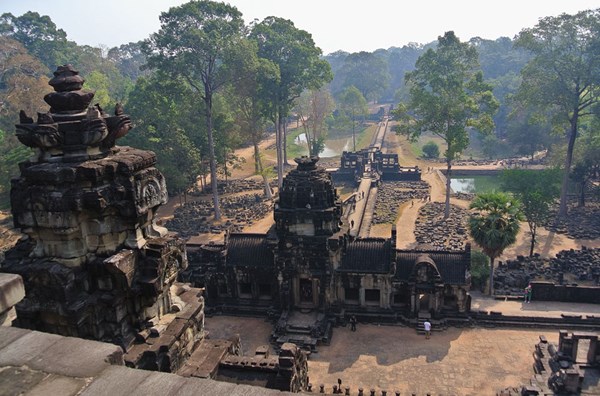
In February, my husband and I went to Cambodia to visit the ruins of Angkor Wat. If you aren’t familiar with this wonder of the world, let me begin by pointing out that it is huge. We bought a three-day pass and arrived before the sun. Even though we drove between locations, we barely explored half of it. Step after step, we walked to and up more amazing places than I could have dreamed of, but I have never seen so many stairs in my entire life.
It was no wonder then, that upon my return, I paused at the printout of the Pyramid of Training I have hanging behind my computer. The steps (rhythm, relaxation, connection, impulsion, straightness, collection) easily reminded me of the countless stairs I had climbed on my trip. Immediately, my eyes were drawn to the word relaxation. Indeed! I thought when I read it and was reminded of the fatigue I had felt after the millionth step in Cambodia. How nice it had been to sit and relax for a precious moment, especially in the extreme heat and humidity.
While I still understand relaxation in the Pyramid of Training to relate to a horse’s elasticity and suppleness, I can’t help but look at the scale without also considering relaxation to mean the opportunity to just take a break.
Though forced, those relaxing times on the Angkor Wat stairs midway through the seemingly endless climbs, were some of the most rewarding moments of our trip. It gave us the chance to enjoy the views and realize where we were. We got the best photos and admired the rare scenery. If that trip taught me one thing, it is that there are always stairs to climb and if you don’t take a moment to relax, you can never fully see and appreciate where you are until (or if) you get to the top.
I need to think more like that in my dressage endeavors at home. In a sport that is a lifelong work in progress, it is particularly easy to forget about our achievements as we strive to move to the next level and scale the Pyramid of Training. Sometimes, we need to pause and recognize just how far we have already climbed. This is just as important to our horses, who need this rest and recognition as much as we do.

Having returned from my vacation, where our lives slowed down and responsibilities faded into the background, I felt that my mind became clearer and my body became looser when I had the chance to pause. As a result, I was more capable of achieving the definition of relaxation from the Pyramid of Training.
Any pause like this, whether it is for vacation or a quick rest on a stair, also allows a person the time to reflect on where she is still headed in the clearest possible way. This is an important opportunity to stop and check in to make sure we still want to, or can, keep going upward—whether it is in a literal or figurative climb to the top. Maybe we can’t or simply don’t want to go on. This moment of reflection allows us the chance to see if what we already have is enough. Perhaps the struggle outweighs the benefits of achieving more. Maybe we have gone far enough and where we are is everything we imagined as our ultimate destination. Not everyone has to get to the top.
Taking a week away from riding made me realize what I want out of dressage and what makes me happiest about our sport. It also made me realize that I want to keep climbing. That pause in my riding life gave me the clarity to see what I want in my goals and what I am willing to sacrifice to get there. If we don’t stop long enough to reflect and reassess, it is possible that we haven’t truly given ourselves permission to go after what we really want. It is also possible we don’t even know what we want any more.
With all of this in mind, it seems easier for me to genuinely understand what is important to me. For me, that is to keep achieving, learning, training, competing and growing toward the highest levels of the sport. I am willing to work seven days a week to get there and understand that it takes huge sacrifices, but I am certain that I want that for myself.
We are all told that getting higher scores and riding at higher levels and earning more ribbons are the only real markers of success. But I would like to propose that maybe we don’t all need to train for the Olympics or move up a level every year. Maybe it is OK to just sit down on that middle step, take some photos and enjoy how far you have traveled to get there.
Regardless of our individual goals, every equestrian should take the time to enjoy what she has created with her horse. Otherwise, what is the point of it all? What matters most is what you are happiest doing. With smiles on our faces, we can sit together one day in the future. You can tell me about what it is like to stop and enjoy the view, and I will let you know what it is like to keep climbing. And we will both be happier for it.
Hilary Moore is a Maryland-based dressage trainer and an FEI-level competitor (mooredressage.com).


